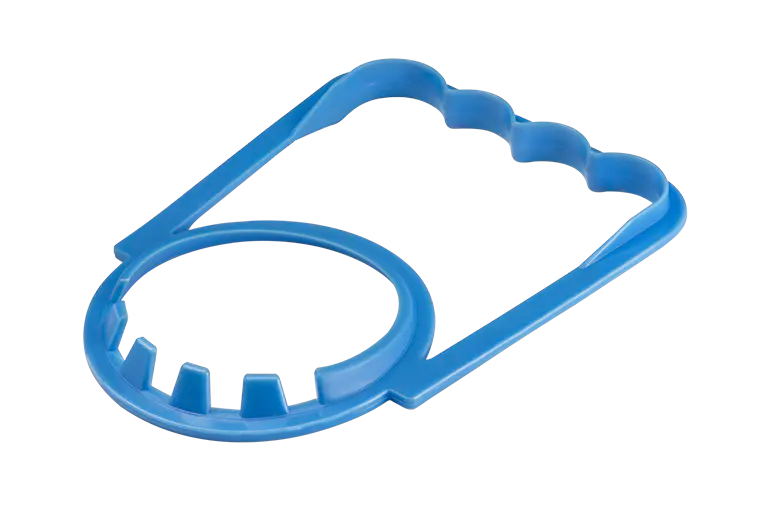A bottle handle is a structural feature attached to or integrated with a bottle that allows easier gripping, carrying, pouring, and handling of the container. Handles can vary widely in shape, size, placement, and material depending on the bottle's purpose and the user's needs.

Handles are commonly found on larger bottles, especially those that hold liquids in volumes that can be heavy or unwieldy when full. While small bottles like single-serving water bottles often rely on their slim profile for grip, larger containers—such as those for detergents, cooking oils, beverages, or chemicals—frequently incorporate handles to improve ergonomics.
Types of Bottle Handles
Bottle handles can be broadly categorized into two main types:
1. Integral Handles
Integral handles are molded as part of the bottle itself during the manufacturing process. This is common with plastic bottles produced by blow molding techniques. Because the handle is part of the bottle's structure, it tends to be strong, durable, and ergonomically designed.
Integral handles are often found on containers ranging from one liter to several gallons. Their position is carefully designed to balance the bottle's weight when full and to facilitate pouring.
2. Attached or Separate Handles
In some cases, handles are attached to bottles after molding or may be separate components altogether. These handles can be clips, straps, or rings affixed to the bottle's neck or body.
Attached handles are commonly used in glass bottles or metal containers where integral molding is not feasible. They also provide flexibility in design and can be replaced or customized.
Functions and Benefits of Bottle Handles
Bottle handles serve several practical functions that benefit both manufacturers and consumers:
1. Improved Grip and Handling
Handles provide a secure grip, especially for larger or heavier bottles. This is particularly important when the bottle contains liquids, which can shift and cause instability. The handle allows users to carry bottles safely and comfortably without strain.
2. Ease of Pouring
With a handle, users can pour liquids with greater control and accuracy. This reduces spills, wastage, and the risk of injury from dropping the bottle.
3. Enhanced Portability
Handles make it easier to transport bottles over distances. This is valuable in both consumer and industrial settings, such as carrying a water jug during outdoor activities or transporting cleaning fluids at a workplace.
4. Accessibility
Handles contribute to accessibility for people with limited hand strength or dexterity. This inclusive design consideration is increasingly important as manufacturers aim to meet the needs of diverse consumers.
5. Aesthetic and Branding Opportunities
Beyond function, handles can be designed to complement the bottle's appearance, enhancing brand identity. Unique handle shapes or placements can make a product stand out on store shelves.
Applications of Bottle Handles
Bottle handles are used across a wide range of industries and product categories, including:
Beverage Industry: Large water bottles, juice containers, and sports drinks often have handles for consumer convenience.
Household Products: Detergents, fabric softeners, and cleaning liquids frequently come in bottles with integrated handles.
Industrial Chemicals: Chemical containers incorporate handles for safe handling and compliance with safety regulations.
Food Industry: Cooking oils, sauces, and syrups sometimes feature handles for easier dispensing.
Pharmaceuticals and Health Care: Large disinfectant or sanitizer bottles benefit from handles for ease of use in healthcare settings.


 English
English Español
Español 中文简体
中文简体